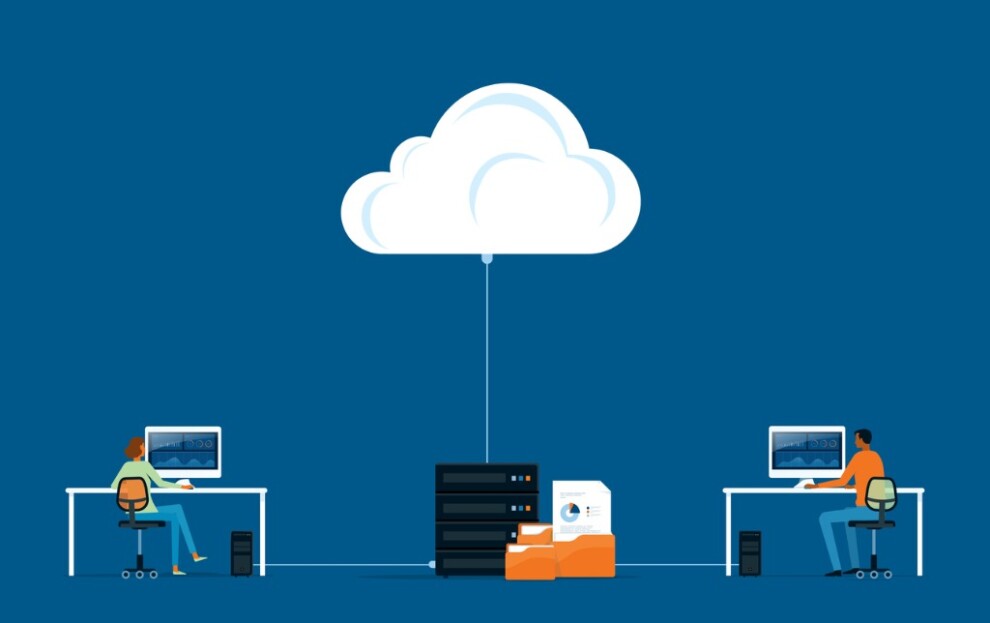A Virtual Data Room (VDR) is a protected online storage facility for data and documents legal transactions, litigation, and those related to business. VDR uses a connection to a central server and an extranet, meaning an internet connection with access that is highly controlled.
What Are The Pros of a VDR Software?
Virtual data rooms hold susceptible data and files with limited access when any actions are taken regarding them. The defined time is planned ahead for logging in and viewing the files and data. An electronic data room allows management access to documents for team members, business partners, investors, etc.
M&A virtual data room can ease the due diligence process by making it possible for prospects to view the data over protected Internet connectivity. With the current speed and efficiency of document retrieval, the cost of a VDR can be returned in a single deal. To compare, physical data rooms are time-consuming to manage, require a lot of paper, are expensive to maintain, and include the transportation costs of all parties. Learn more about data room m&a.
5 Pieces of Advice for Adopting Virtual Data Rooms
Step 1. Choose the Software Provider
The current plenitude of virtual data room providers is both an advantage and a bane. You have numerous options in terms of features, pricing, terms of use, and so on. However, determining the suitable fit can take a lot of time. Before choosing a suitable VDR provider for your organization, it’s a good idea to compare virtual data rooms.
Preferably, consider data room vendors that deliver solutions with good tool versatility and an easy-to-navigate interface. The more features they offer, the better. With a reliable online data room software solution you don’t need further third-party services to control access, monitor dates of expiration, ensure protection of copies, and watermark/mark documents.
It is a good idea to review the best virtual data room providers’ clients. If there are any well-known companies that value their data’s security, you can most likely trust the product.
Confirm that the data room services you chose provide access to thorough reports on the activity of all participants. Such reports collect precise information on who viewed the files, at what time, and for how long.
Step 2. Create Lists and Organize the Online Data Room
It would be wise to compile a list of all required documents that your counterparties may need prior to the actual dealings. Make lists according to the type of parties concerned (clients, employees, partners, investors, and contractors). Then set up access to the files. If you conduct the abovementioned steps along the way, you might be the source of a data leak due to human error.
Once the suitable data room software has been chosen and lists of parties concerned/necessary documents have been compiled, it is time to structure the data room.
From this point, you will arrange all files’ order and access restrictions. Ensure that every file in the room has a valid name, and then organize the documents according to the pre-determined order.
Step 3. Configure the VDR Security Settings
Top VDRs will invariably include all the tools necessary to guarantee confidentiality. Thus, user management is likely the most crucial aspect to regard, as it enables proper access authorizations to each party.
Use the watermarking tool to your benefit, as it will let you remain in control of the files when they are downloaded. In most cases, you also can limit screenshots, printing, and downloads if, for example, the data you gave access to is your organization’s intellectual property.
Consider blending the virtual access agreements with a physical NDA. This way, every party can be notified to regain data with carefulness. Keep in mind that you can adjust the security configuration if needed.
Step 4. Upload the Documents into the VDR
At this point, you’re almost done with setting up the process. The following step is to upload the files into the structure you previously made. If you have completed the first 3 steps correctly, this process is fully technical. Inform the according members of the data room each time you upload any document or make modifications to a current one.
Step 5. Invite the Data Room Members
The last step of the VDR setup is adding the participants to the document exchange. According to the transaction details, you might permit different classes of participants into different sections of a transaction/communication space or navigate them to separate rooms.
Check the reporting feature regularly and continue to communicate with everyone involved clearly. Keeping the topmost clarity when sharing documents is vital.







